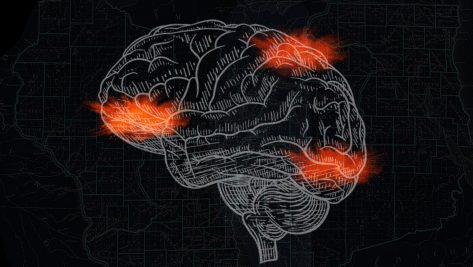It no longer makes sense to distinguish between digital and non-digital customers. Today, all marketing tactics have a digital component, and most consumer journeys include digital micro-moments. Companies should take an omnichannel approach focused on the customer journey.
Nowadays we do not talk so much about the digital age as the cognitive age, the age of artificial intelligence, in which data and how we interpret them are king. The current market requires the development of greater predictive capabilities for brand, customer, and business development, using advanced metrics with digital traceability.
Tourism companies are facing a new reality in which it is vital to have as much knowledge as possible about travelers, since today’s customers are worth much more than the mere transactional profit; they also build brand reputation, attract new customers, and increase the value of future customers. Travelers’ impact on the brand is crucial: up to 70% of the credibility of a value proposition depends on the voice and recommendations of customers. If you don’t have credibility generated and publicized by customers, conversion costs skyrocket, and it will cost much more to achieve the ratios your business needs for this variable.
Today’s customers are worth much more than the mere transactional profit; they also build brand reputation, attract new customers, and increase the value of future customers.
Business Intelligence and Strategy
Business intelligence means understanding every stage of the consumer experience. In the tourism industry, these stages begin with inspiration, followed by planning, booking, the stay and the post-stay. This is another major challenge: if we can connect with the consumer during the inspiration stage, the conversion rates and associated costs will be better.
Of course, knowledge alone is not enough. It needs to be accompanied by the right strategy. It is that combination that will determine whether we are able to manage each channel and customer interaction more profitably.
That, in turn, will enable us to sell more profitably, due to the lower customer acquisition costs. For hotels, we are talking about savings of up to 70% and even, in some cases, 200% of the conversion cost.
The mobile channel is especially interesting. According to the data, 70% of new business in the last year came from mobile devices. The digital offer on the mobile channel is one of the areas companies should develop. For example, for less than €50,000 you can get a very powerful app offering high returns, especially compared to the opportunity cost we will pay if we stay off the mobile channel.
Strategy in the tourism industry is destined to become increasingly scientific, seeking to quantify and measure absolutely everything.
Reputation
Reputation has become a prime objective. In fact, it is more important to invest in the customer experience than in mere advertising. It is an investment offering a very high return. At the end of the day, 55% of customers are willing to pay more for better service.
In tourism, service is everything. All tourism companies should strive to achieve the kind of excellence that will turn their customers into their best advocates and ambassadors. Companies such as Iberostar or Palladium have achieved double-digit growth in profits using customer experience strategies.
How can we do this? By reviewing our entire value chain throughout all stages of the customer journey. The chain has to be solid; there can be no weak links. Here, agility is imperative: it cannot take us 24 or 48 hours to identify an area of friction with the customer, because the profitability of our business cycle depends on it.
In addition to enabling greater operating efficiency, streamlining the value chain, and delivering true business intelligence, the new technologies will enable the leap to new business models.
A Scientific Approach
Strategy in the tourism industry is destined to become increasingly scientific, seeking to quantify and measure absolutely everything. Defining metrics for each decision and action undertaken is fundamental to maximize business and obtain competitive advantages.
Today, technology makes it possible to trace, interpret and cross-check everything with other data in real time. This includes not only the most obvious things, i.e. customer interactions, but also all the other factors in the value chain, such as employee training courses.
This last point, regarding employees and talent, is another challenge for the sector. Attracting and retaining talent is basic when it comes to successfully implementing a business strategy. Companies in the tourism industry have always been very good at taking care of the customer, training their staff to ensure it provides exquisite customer service. However, it is now necessary to include another element: the employee’s tie, his or her commitment, to the company.
In short, the tourism industry should embrace the full breadth of the digital transformation process. Only then will it be possible to overcome the current poor ratios that, according to studies by Forrester, indicate that only 37% of companies really understand their customers’ needs.
In addition to enabling greater operating efficiency, streamlining the value chain, and delivering true business intelligence, the new technologies will enable the leap to new business models, opening the door to cross-selling, the purchase of insurance, experiences, etc., not only during the vacation period, but all year round.
© IE Insights.











